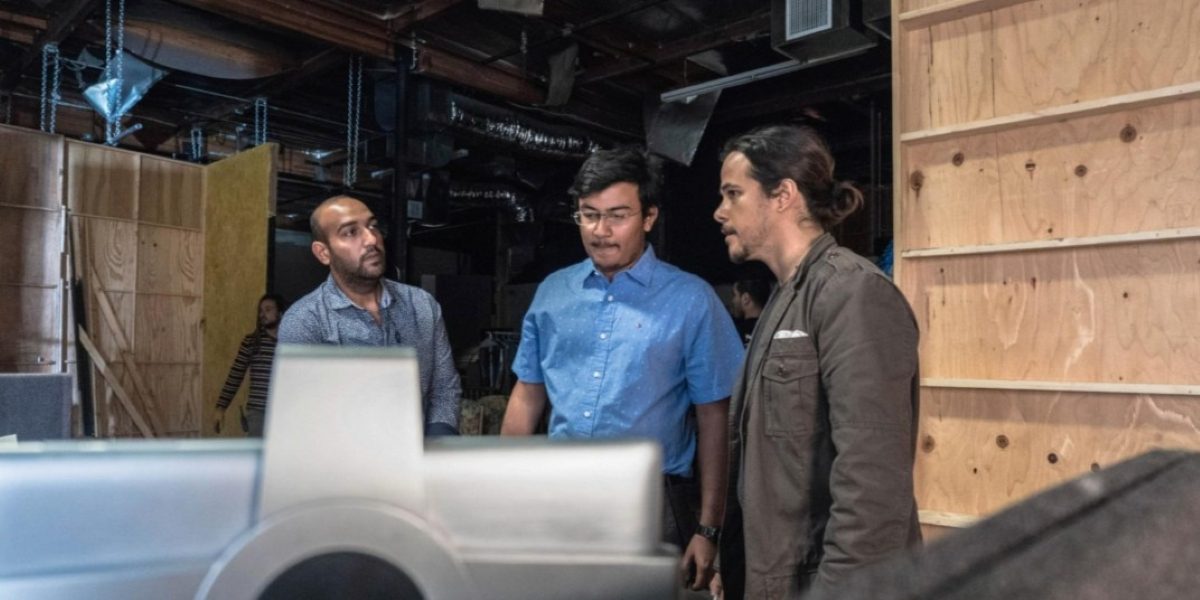New Delhi, India, 2nd July 2025: When The Perfect Wife: The Mysterious Disappearance of Sherri Papini premiered, it quickly became one of Hulu’s most-watched true crime docuseries debuts. It also marked a shift in the visual language of the genre.
At the heart of this change was Kartikye Gupta, whose expertise in editorial rhythm, visual effects, and motion graphics played a key role in shaping how suspense, emotion, and information are conveyed on screen.
Unlike traditional documentaries that often depend on voiceovers, static text cards, or reenactments, Gupta approached each sequence as a narrative event. His graphics didn’t merely illustrate facts; they helped uncover them. Location data pulsed with urgency, case files opened with a sense of mystery, and digital interfaces flickered with an unsettling energy. Every visual was crafted not just to inform but to draw viewers deeper into the investigation.
As both the designer and editor of many of the series’ most significant sequences, Gupta had a strong influence over their timing, tone, and emotional progression. His editorial instincts lent power to each moment, letting silence settle before a pivotal scene, holding a beat just long enough to build tension, then cutting with precise timing. These choices made the graphics feel dynamic, layered, and emotionally resonant.
“We weren’t just presenting texts or timelines,” Gupta explains. “We were designing a new emotional language for the genre. Something more intimate and cinematic, where even a screen capture could make you feel something shift.”
Whether working behind the monitor or in the edit bay, Gupta consistently brought a filmmaker’s instinct to each visual decision.
Gupta’s work didn’t just serve as visual support—it often replaced traditional exposition entirely. In moments when fractured memories or media distortion played a central role, showmakers turned to Gupta to create complete narrative sequences through visuals alone. These were not pre-made animations. Each element was carefully built to reflect the psychological reality of the moment and then shaped in the edit to create the most impactful emotional effect.
“These weren’t simple plug-and-play graphics,” Gupta explains. “Each one was designed with the character’s psychology in mind. But it’s in the edit—the timing, the shifts—that the story finds its rhythm.”
The results were striking. The Perfect Wife was lauded for its narrative restraint as well as its visual sophistication—two qualities not often associated with the true crime genre. Gupta’s integration of design, editing, and storytelling created a visual framework that didn’t just guide viewers through the case; it drew them into its emotional center.
His work on the series played a part in developing a new visual grammar for documentary storytelling, transforming raw data into sequences that felt cinematic and deeply human. It wasn’t just a stylistic choice but a fundamental shift, influencing how true crime stories are presented.
Gupta’s contribution to The Perfect Wife is also part of a broader trajectory. He has worked on global campaigns for brands like Nike, Microsoft, and T-Mobile, as well as Emmy-nominated and festival-acclaimed films. Across different formats, his work is marked by a rare combination of innovation and restraint—the ability to amplify emotion through images and rhythm while maintaining a clear narrative focus.
In a space often dominated by sensationalism, Gupta’s work suggests that the most compelling storytelling doesn’t shout; it captures attention, guides the viewer, and lingers long after. The Perfect Wife is a clear example of what happens when design, pacing, and editorial clarity come together to tell a story that is not only seen but truly felt.

















